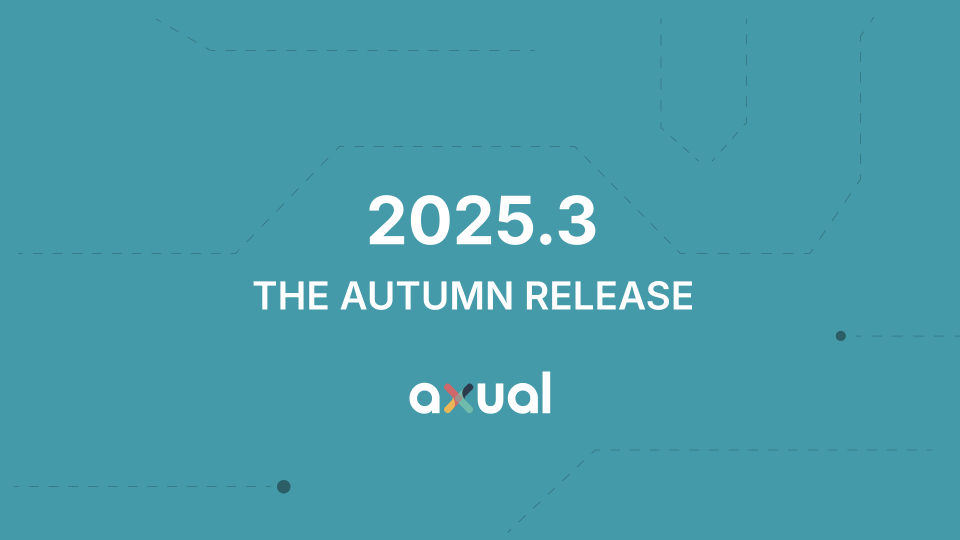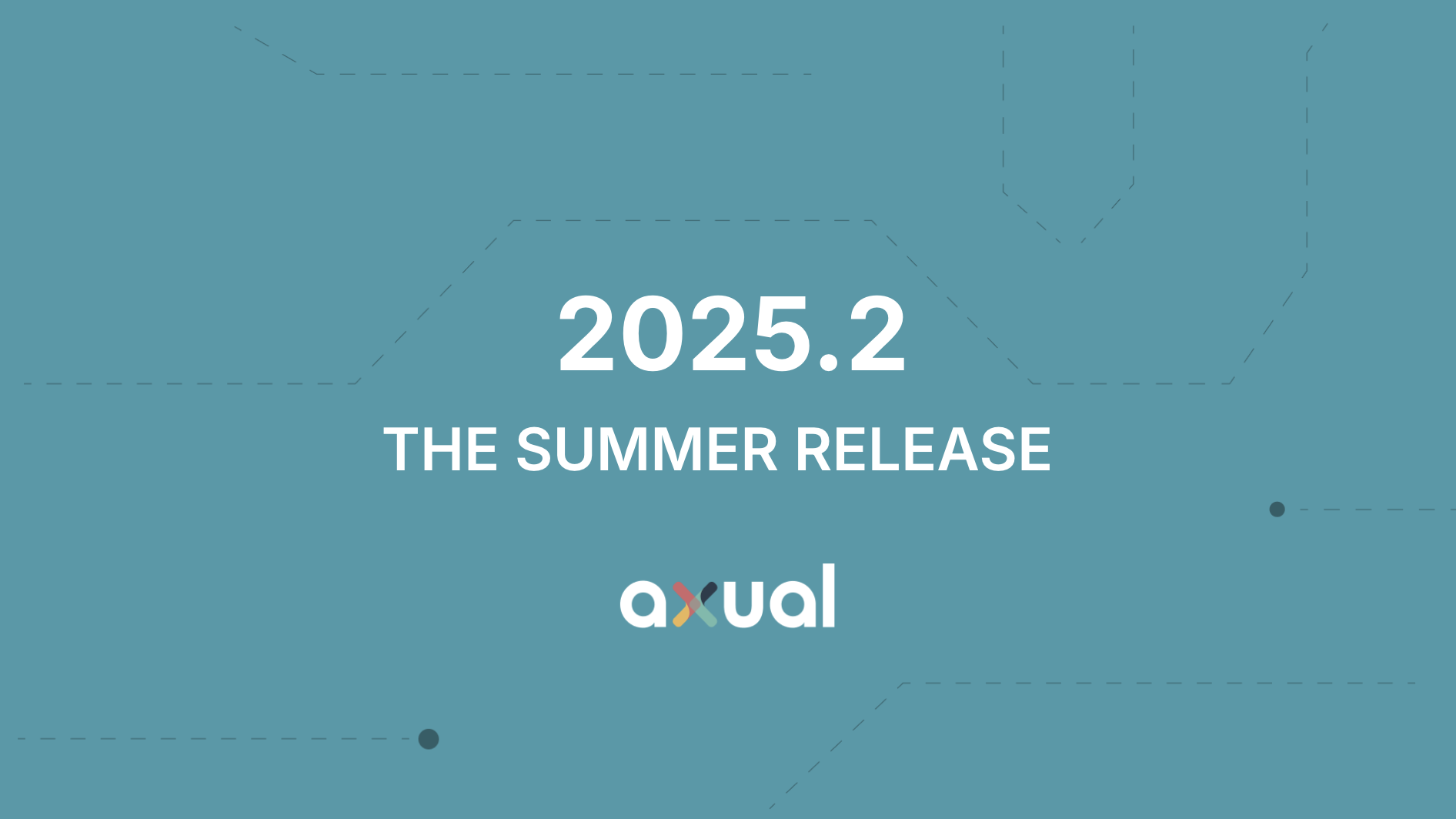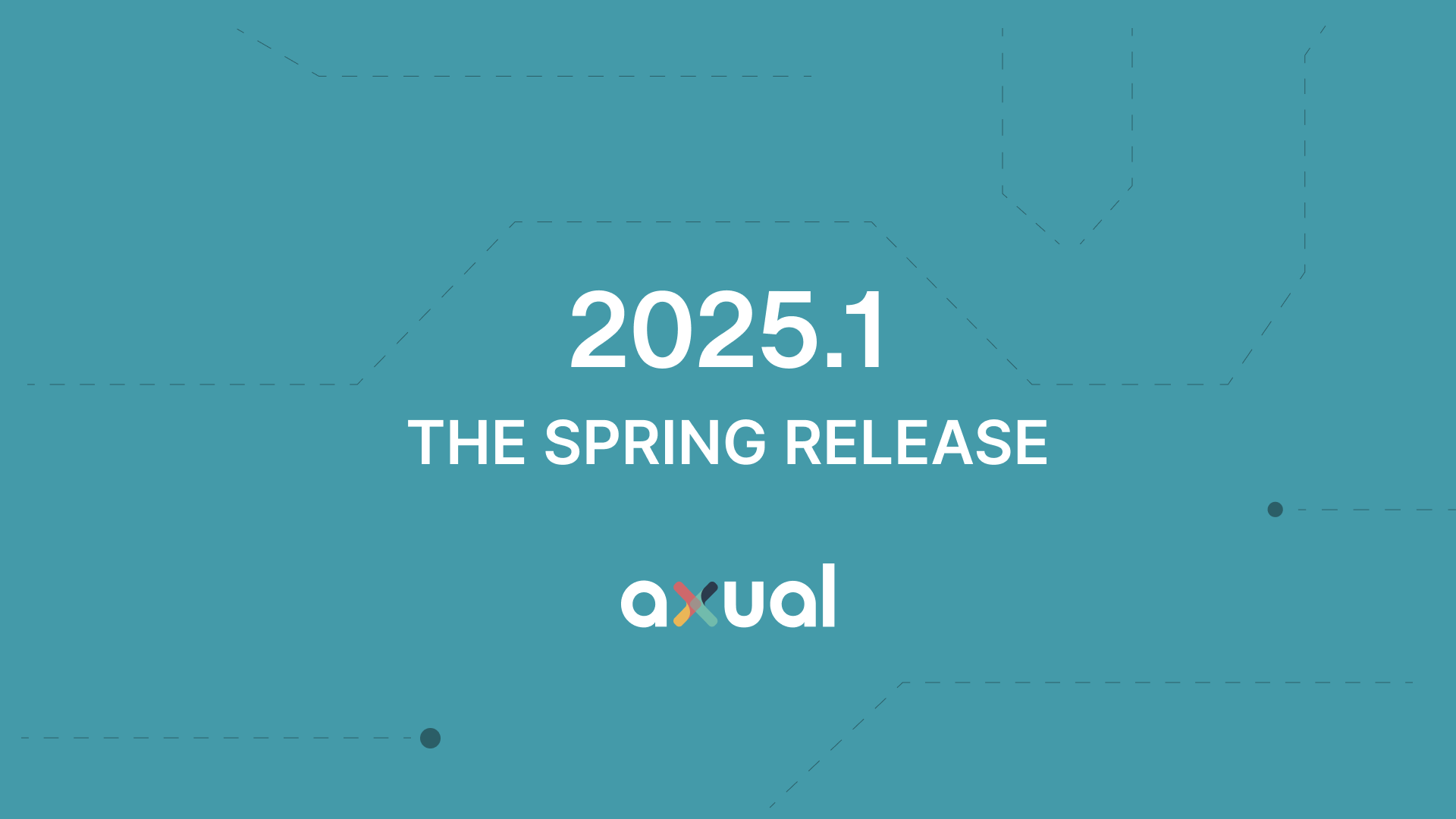Kafka for Government and citizen services
Apache Kafka transforms government services by enabling real-time data integration, modernizing legacy systems, and supporting smart cities, public administration, and citizen services for more efficient and responsive public sector operations. Apache Kafka transforms government services by enabling real-time data integration, modernizing legacy systems, and supporting smart cities, public administration, and citizen services for more efficient and responsive public sector operations.

On this page
Kafka for government powers real-time data streaming and modernizes legacy systems. It enables seamless integration across various departments, improving operational efficiency and public service delivery by supporting open standards and protocols. Kafka bridges outdated infrastructure with modern solutions, driving data-driven governance and enabling timely decision-making. This article will explore how Kafka can be applied across different sectors within the public sector, from enhancing citizen services like healthcare and social support to modernizing legacy systems and powering smart city initiatives. It transforms how governments operate. By leveraging Kafka, these sectors may develop innovative applications and modernize existing IT infrastructures, ensuring more efficient, transparent, and responsive services for citizens.
Public Sector – Examples for Data in Motion
The government and citizen services cover a wide range of areas. While specific sectors, such as the military, leverage advanced technology, others, like public administration, continue to operate with outdated systems.
Citizen Services
Apache Kafka can help improve government and citizen services by enabling real-time data flow between government departments. For example, in health services, Kafka may be used in hospital modernization efforts by tracking and managing patient data in real-time. It can also help connect hospitals with local municipalities to ensure that the local social services are immediately notified when a patient is discharged and requires follow-up care. This lets the municipality quickly arrange home care services or other necessary support, ensuring a smooth transition from hospital to home.
Public Administration
Kafka helps reduce bureaucracy and democratize data within government and citizen services by allowing various public administration departments to share and access data seamlessly. This means faster decision-making and more efficient service delivery. For instance, in eGovernment, it will streamline the process of applying for a personal ID by connecting all necessary databases, making the application process quicker and more transparent.
Smart City
Smart cities use Kafka to manage data from various sources, such as smart driving, parking systems, and environmental monitoring. For example, Kafka will help the government optimize traffic flow by processing real-time, from smart traffic lights and vehicles, reducing congestion and pollution.
Waste Management
In waste management, Kafka enables open data exchange between various service providers, such as local governments and private companies. For instance, it will facilitate sharing between mobility services, helping coordinate trash collection with city traffic patterns to minimize disruption.
National Security
Kafka can be vital for national security by enabling real-time data exchange between law enforcement, surveillance systems, and other security agencies. For instance, it can help police monitor and respond to incidents more quickly by processing live video feeds. In defense, it may assist border control by integrating data from various sources to detect and respond to potential threats efficiently.
Legacy System Modernization
Legacy systems are common in government agencies, where outdated but essential systems handle critical operations. While Kafka greatly enhances data movement in modern public sector initiatives, many government agencies still rely on legacy systems that can’t easily keep up with new technology demands. These outdated systems, while essential, often struggle to connect with newer platforms. Leading to slow processes and challenges in sharing information across departments.
Government legacy systems are old computer systems or software that are still being used despite being outdated. These systems often perform essential functions but may struggle with modern tasks. For example, a government agency might use an old system to manage citizen records, but this system may not easily connect with new technology used for online services. This can lead to slow processes and challenges sharing information across different departments.
While legacy systems might be reliable, they can make it difficult for a government to update services, improve efficiency, or offer new features to citizens. Kafka bridges the gap between these legacy systems and modern technology, enabling real-time integration and smoother operations. The connection ensures that even as governments modernize their services, they can still rely on existing systems while benefiting from improved efficiency and the ability to offer new features to citizens.
The benefits of Kafka for government and citizen services
Here are some key benefits of using Kafka for government services, from improving data flow and integration to enhancing reliability and scalability across departments.
Real-Time Integration
Kafka can connect old government systems with newer technologies, allowing real-time data transfer between them. For example, if a government agency has an outdated system for managing records, it can send data from this system to modern applications, ensuring that information is up-to-date across all platforms.
Improved Flow
It will streamline data flow between different departments and services. If various government departments use different legacy systems, Kafka can efficiently gather and distribute information from these systems. This improves coordination and reduces delays in processing information.
Scalability and Flexibility
It is designed to handle large volumes of data and can quickly scale. This means it can support the increasing demands of modern government services, even if the underlying systems are outdated.
Enhanced Reliability
Kafka ensures that data is not lost and is reliably delivered to all required systems. This helps maintain the integrity of information and ensures that essential updates are communicated promptly.
Using Kafka, the government can bridge the gap between old and new systems, making it easier to modernize their services and improve overall efficiency.
Axual – Enhancing Kafka for government capabilities
Axual enhances Apache Kafka by providing the government with a user-friendly and secure platform for managing real-time data. It simplifies Kafka’s deployment and operation, making it easier for governments to manage their streams. With features like monitoring tools and advanced security options, Axual helps ensure everything is accessible for public sector use. For example, healthcare agencies can quickly set up environments with Axual, guaranteeing secure and compliant streaming for sensitive health information.
Conclusion
In conclusion, as governments strive to modernize their services while relying on legacy systems, Apache Kafka offers a powerful solution. It enables real-time integration and improves the flow of information across various public sector departments. From enhancing citizen services and streamlining public administration to supporting smart city initiatives. Kafka bridges the gap between outdated infrastructure and modern technology. By leveraging Kafka, governments can deliver more efficient, transparent, and responsive services to their citizens. With platforms like Axual enhancing Kafka’s capabilities, the public sector can manage and secure their data streams more effectively. In this way they can ensure a smooth transition towards a more digital and data-driven future.
Answers to your questions about Axual’s All-in-one Kafka Platform
Are you curious about our All-in-one Kafka platform? Dive into our FAQs
for all the details you need, and find the answers to your burning questions.
Apache Kafka for Government refers to the application of Apache Kafka, a distributed event streaming platform, within government agencies and public sector organizations. Kafka enables real-time data processing and management of event streams, allowing governments to handle vast amounts of data generated from various sources efficiently.
Real-Time Data Processing: Kafka facilitates real-time data processing, allowing government agencies to respond quickly to events, monitor systems, and make data-driven decisions. Scalability: Kafka can handle large volumes of data generated by government operations, ensuring that systems can scale according to demand without compromising performance. Integration: Kafka easily integrates with various data sources, applications, and services, enabling a more cohesive data ecosystem across different government departments. Data Reliability: Kafka’s fault-tolerant architecture ensures data durability and reliability, making it suitable for mission-critical applications where data loss is unacceptable.
Traffic Management: Kafka can process streams of data from traffic sensors and cameras in real time, enabling better traffic flow management, accident detection, and responsive city planning. Public Safety and Emergency Response: Kafka can aggregate data from emergency services, social media, and IoT devices to provide a comprehensive view of emergencies, enabling faster response and coordination among agencies. Citizen Services: Kafka can be used to streamline citizen service interactions, processing requests and feedback from various channels (web, mobile apps, etc.) to improve service delivery and citizen engagement.
Related blogs

Axual 2025.3 release introduces KSML 1.1 integration for automated stream processing deployment, group-based resource filtering for multi-team governance, and experimental MCP Server for AI-driven platform operations. Includes JSON schema support, Protobuf processing (beta), and enhanced audit tracking for enterprise Kafka implementations.

The Axual 2025.2 summer release delivers targeted improvements for enterprise-grade Kafka deployments. In this post, we walk through the latest updates—from enhanced audit tracking and OAuth support in the REST Proxy to smarter stream processing controls in KSML. These features are designed to solve the real-world governance, security, and operational challenges enterprises face when scaling Kafka across teams and systems.

Axual 2025.1 is here with exciting new features and updates. Whether you're strengthening security, improving observability, or bridging old legacy systems with modern event systems, like Kafka, Axual 2025.1 is built to keep you, your fellow developers, and engineers ahead of the game.
